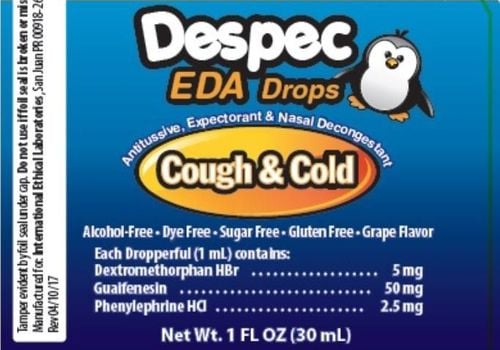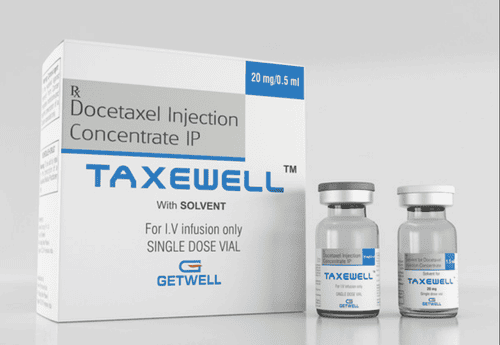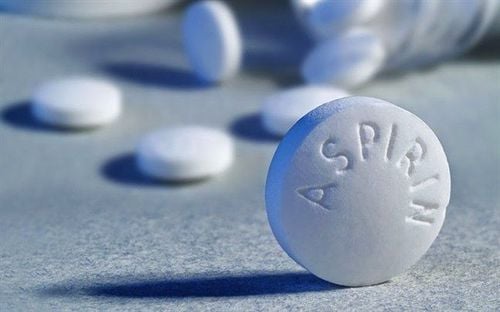This is an automatically translated article.
The article is professionally consulted by Th.S BS. Ngo Thi Oanh - Doctor of Pediatrics - Neonatology - Vinmec Ha Long International Hospital
Sinusitis in preschool children can be different from sinusitis in adults. Usually, children have a cough, bad breath, irritability, and swelling around the eyes, accompanied by a thick yellow-green runny nose. Most children diagnosed with viral sinusitis (or a viral upper respiratory infection) will improve simply by treating the symptoms of the illness, but antibiotics can be used in severe cases of bacterial sinusitis. Like sinusitis in adults, sinusitis in children can be difficult to diagnose because symptoms can be caused by other problems, such as viral illnesses or allergies. In this article, we will provide useful information to help parents of children promptly recognize and have solutions when their children have sinusitis.
1. What is sinusitis?
Sinuses are spongy cartilage in bones, structured by many cavities like coral. In the small and large cavities are covered with a very thin mucosal layer. The main function of the sinuses is to store and circulate nutrients to nourish bones, reducing bone density. There are 4 main types of sinuses:
ethmoid sinuses. Located inside the face, around the bridge of the nose. This sinus is present at birth, and continues to develop with age. Located inside the face, around the area of the cheeks. This sinus is present at birth, and continues to develop. Forehead sinus. Located inside the face, in the forehead area. This sinus does not develop until the child is 7 years old. Spider sinus. Located deep in the face, behind the nose. This sinus does not develop until adolescence. Sinusitis is an infection of the sinuses. These infections often occur after a cold or an allergy. There are 3 types of sinusitis:
Short-term (acute). Symptoms of this type of infection last for less than 12 weeks and go into remission with proper treatment. Long-term (chronic). These symptoms persist for more than 12 weeks. Again. Sinusitis recurs over and over again. About 3 or more episodes of acute sinusitis in a year.

Viêm xoang là tình trạng viêm các ổ xoang cạnh mũi do nhiễm trùng
2. Causes of sinusitis
Sinusitis occurs after an upper respiratory infection or the common cold. An upper respiratory infection that causes inflammation of the nasal passages can block the opening of the paranasal sinuses and lead to a sinus infection. Allergies can also lead to sinusitis due to swollen nasal tissue and increased mucus production. Several conditions interfere with the normal flow of secretions out of the sinuses and can lead to sinusitis, including:
Abnormalities in the structure of the nose Infection from the teeth Nose trauma Foreign bodies stuck in the nose Cleft palate frog Gastroesophageal reflux disease When the flow of secretions in the sinuses is blocked, bacteria can grow, causing the sinuses to become inflamed or infected. The most common bacteria that cause acute sinusitis include:
Streptococcus pneumonia Haemophilus influenzae (Hib) Moraxella catarrhalis
3. Does the child have sinusitis symptoms?
Symptoms of sinusitis depend a lot on the age of the child. But the expression in each child is different. Symptoms include:
Young children Runny nose (lasts 7-10 days; Nasal discharge is green or yellow, but can be clear). Cough at night Occasional cough during the day Swelling around the face Children under 5 years of age usually do not have headaches. Older children and adults Runny nose or cold symptoms that last more than 7 to 10 days Discharge from the nose down the throat Headaches Facial discomfort Bad breath Cough Fever Sore throat Swelling around the eyes, usually worse in the morning If If your child has any of these symptoms or you suspect he or she has sinusitis, take your child to the doctor.
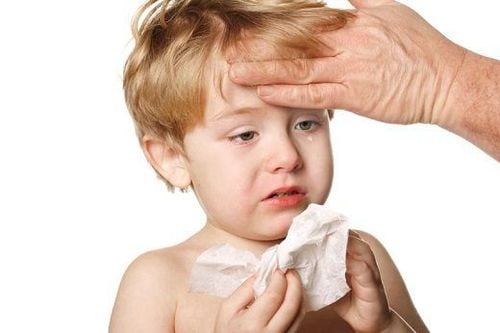
Các triệu chứng của viêm xoang biểu hiện khác nhau ở mỗi độ tuổi
4. Diagnosis of sinusitis for children.
Some additional tests that may be done to confirm the diagnosis include:
X-ray of the sinuses: clearly shows the internal tissues, bones, and muscles Computerized tomography (also known as CT or CT) CT Scan): uses a combination of X-rays and computer technology to create horizontal and vertical images (often called slices) of the body. A CT scan shows detailed images of any part of the body, including bones, muscles, fat, and organs. A CT scan is more detailed than a general X-ray. Culture of sinus fluid: indicates the type of bacteria causing sinusitis to aid in the diagnosis.
5. How to treat sinusitis in children?
Treatment of sinusitis depends on the cause of the infection or the disease is new or has recurred many times:
5.1. Viral infection If a virus is the cause of your child's sinusitis, he or she will not need medication. However, there are a few things you can do to make your child more comfortable:
Pain relievers: your doctor may prescribe acetaminophen or ibuprofen to help relieve the pain. Do not exceed the dose prescribed by the doctor. Apply a warm compress to the bridge of the nose or cheek. Nasal sprays: Nasal sprays or drops containing physiological saline can help relieve nasal congestion. You can buy them at Western drugstores. *Note: DO NOT give your child any medicine without a doctor's prescription. They do not even improve the condition but also have many bad side effects for the child.
5.2. Bacterial infection If the doctor says your child's sinusitis is caused by bacteria, your child will need to take antibiotics for 10 to 21 days as prescribed by the doctor. If the symptoms do not go away or do not improve within the time that the medicine is given, the doctor may give your child another antibiotic instead.
If your child has allergic sinusitis; Antihistamines and other allergy medications can reduce swelling.

Sử dụng kháng sinh để điều trị nếu trẻ bị viêm xoang do nhiễm khuẩn
5.3. Recurrent sinus infections: Sinus infections can be as persistent as ear infections in some children - and very difficult to treat. Your doctor may order an X-ray to evaluate your child's sinuses if he or she has a persistent sinus infection.
Treatment of chronic sinusitis includes:
ENT specialist examination. Your child may be referred to an otolaryngologist. Antibiotics. Your child may need to take antibiotics for a longer time. If bacteria isn't the cause, antibiotics won't help. Inhaled corticosteroids. Steroid sprays or drops are often prescribed along with antibiotics. Other drugs. Nasal sprays with antihistamines and saline sprays or drops may be prescribed to loosen and clear mucus. Nasal irrigation with physiological saline: a way to clear the child's airways as well as keep the sinuses and nose moist. Allergy shots or immunotherapy. If your child has nasal allergies, the shots can help reduce his or her reaction to allergens like pollen, dust mites, or mold. Surgery. Surgery for chronic sinusitis (a more invasive procedure that improves the drainage passages in the sinuses so they are less likely to become blocked) is an option. But it is not done often in children.
6. What to do to prevent sinusitis?
In rare cases, acute sinusitis can lead to a brain infection. And sinusitis is often a secondary infection, you can prevent it by treating your child's cold or allergies by:
Keeping your home moist when your child has a cold. Moisture helps keep the lining of the sinuses and secretions thin. A humidifier can help - just remember to clean it regularly to prevent mold growth. Have your child use saline spray, rinse, or both. Use them regularly to keep your nose as moist as possible. Try to keep your child hydrated: A glass of water or juice every hour or two is a good thing. Fluids help thin the mucus, making it easier to drain. Fluids also help prevent dehydration.
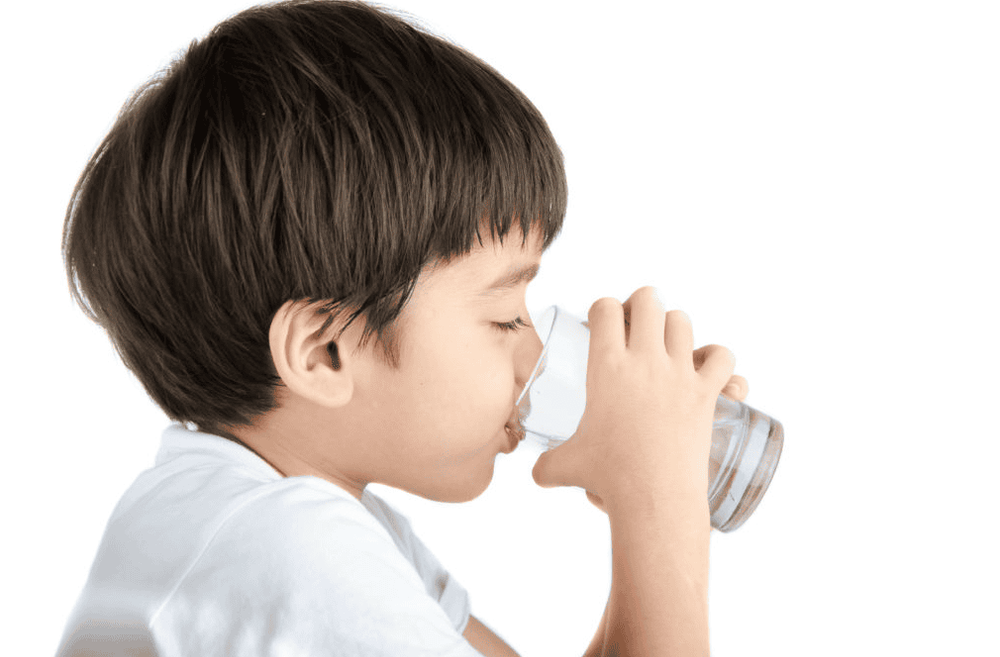
Bổ sung đủ nước cho trẻ để ngăn ngừa mất nước và làm loãng chất nhầy
Keep your home free of known allergens, such as cigarette smoke, pet dander and dust, as all of these can irritate nasal passages and contribute to sinusitis . Do not allow your child to go swimming or, if available, limit the amount of time your child spends in a chlorinated pool. Chlorine can irritate the nose and sinuses. Practice good hand hygiene. Fully Vaccinated Children Do not have close contact with people with colds or other people with upper respiratory infections.
7. Is sinusitis contagious?
Sinusitis is not contagious. However, the cold before a sinus infection is contagious, so your family should practice proper hand washing to prevent colds from spreading. Also, make sure your child and other family members get a flu shot every year.
To avoid the condition that children get sinusitis, parents should also add some supportive foods containing lysine, essential micro-minerals and vitamins such as zinc, chromium, selenium, B vitamins, .. .
Please dial HOTLINE for more information or register for an appointment HERE. Download MyVinmec app to make appointments faster and to manage your bookings easily.
References: babycenter.com, hopkinsmedicine.org, stanfordchildrens.org



